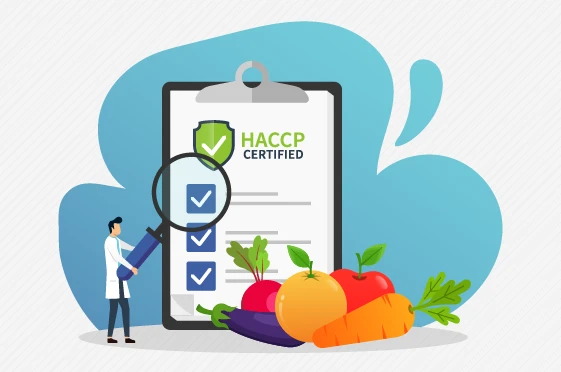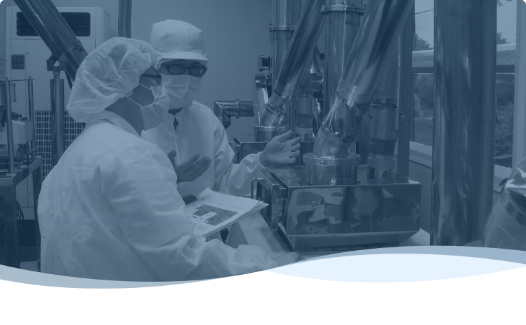Does a New Product Mean a New HACCP Plan?
14 Jun 2024

Does a New Product Mean a New HACCP Plan?
So you operate a chocolate chip cookie plant. You have all your food safety management systems in place, including prerequisite programs like sanitization, packaging, and equipment checklists. You’ve implemented accredited HACCP training, and your strong HACCP plan ensures your plant operates safely, smoothly, and efficiently.
The great news? Your chocolate chip cookies are so popular that you’ve decided to add a new product line!
But here’s the question: Do you need a new HACCP plan for this new product?
The short answer: Not necessarily.
You may need to create a new HACCP plan. This depends on whether the new product changes your current HACCP plan or food safety system significantly. For example, if you’re adding an oatmeal cookie line that uses similar ingredients—like flour, sugar, and eggs—and poses no new allergens or hazards, you may not need to create a new plan.
Steps to Take for Insignificant Changes
Even if you don’t need a new HACCP plan, you still have a little work to do. Start by investigating key factors:
- Ingredients: Are you using the same base ingredients?
- Equipment: Will the new product use the same equipment and controls?
- Processes: Does the new product introduce any new hazards or allergens?
If the new product fits within your current HACCP plan, the adjustments might be minimal. For example:
- Follow your label approval procedure for the new product.
- Approve new ingredients through your supplier approval program.
- Update your supplier approval program.
If the new product has high-risk elements, like a new allergen, you must analyze the risks. Then, decide if a new HACCP plan is needed.
When Does a New HACCP Plan Become Essential?
The short answer: When there’s a significant change.
For example, introducing chocolate chip and macadamia nut cookies would bring a new allergen (nuts) into your facility. This significant change would require you to:
- Assess the risks of handling allergens.
- Identify and implement the necessary controls.
- Train staff on the updated processes, ensuring compliance with food safety standards. Since HACCP plans aim to manage hazards effectively, adding a new allergen profile or high-risk ingredient will likely require a new plan. If your team has completed Internal Auditor training or Food Safety Lead Auditor Training , this process should feel manageable.
Preparing for New Products
To simplify future changes, ensure your existing HACCP plan includes:
- A broad description covering a family of products and processes.
- Clear definitions of what constitutes significant vs. insignificant changes.
This proactive approach can save you time and streamline decision-making when expanding your product lines.
Need Food Safety Solutions?
Whether you’re looking for online HACCP training certification , food safety auditor training courses , or expert advice on managing your food safety management system, we’re here to help.
Our team of food safety experts offers a range of solutions, including:
- Food safety internal auditor training online
- International HACCP Alliance training
- Food safety coaching
- Supplier approval program consulting
- Advanced HACCP training courses

